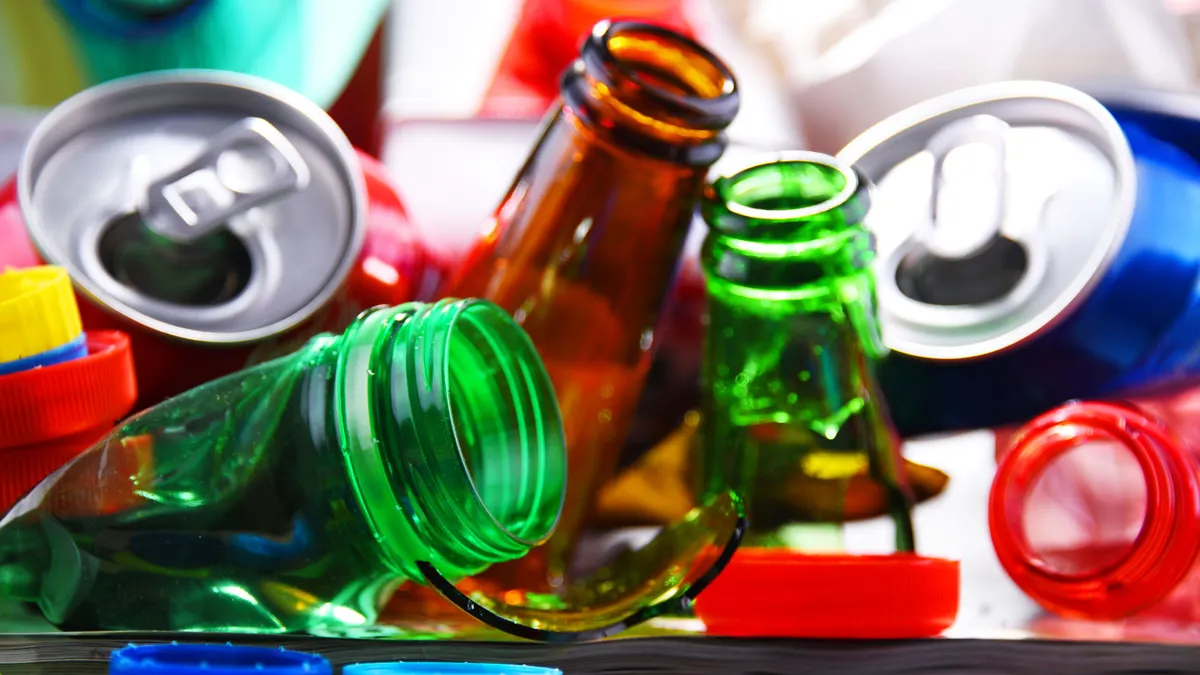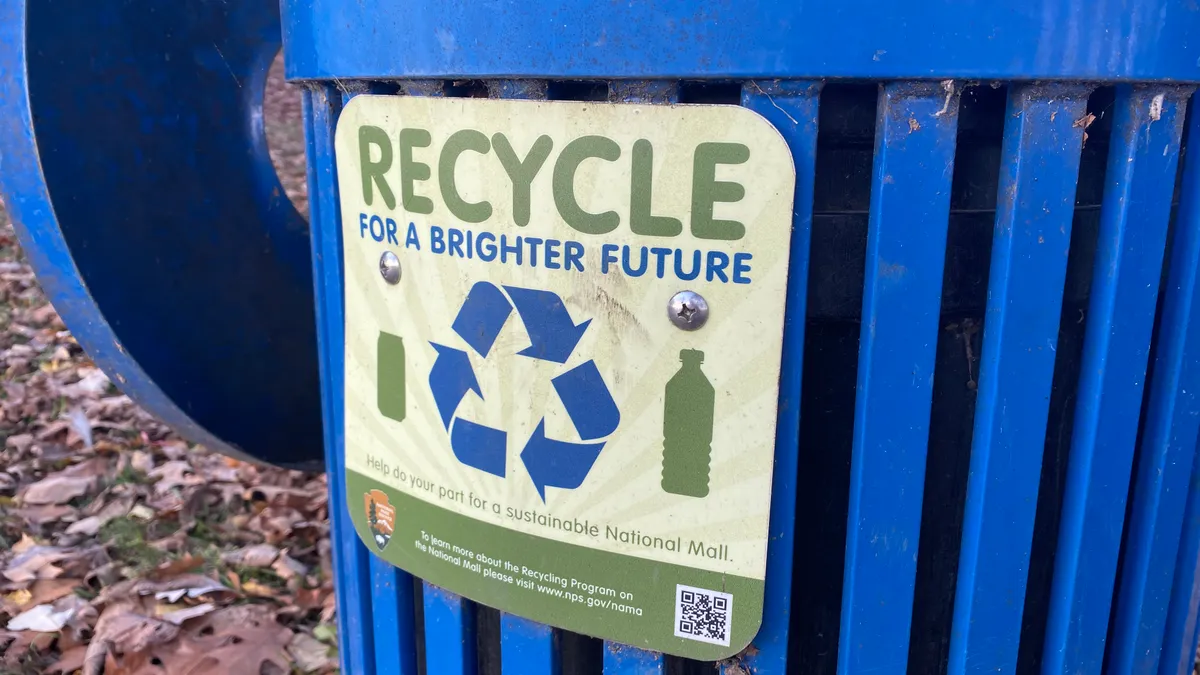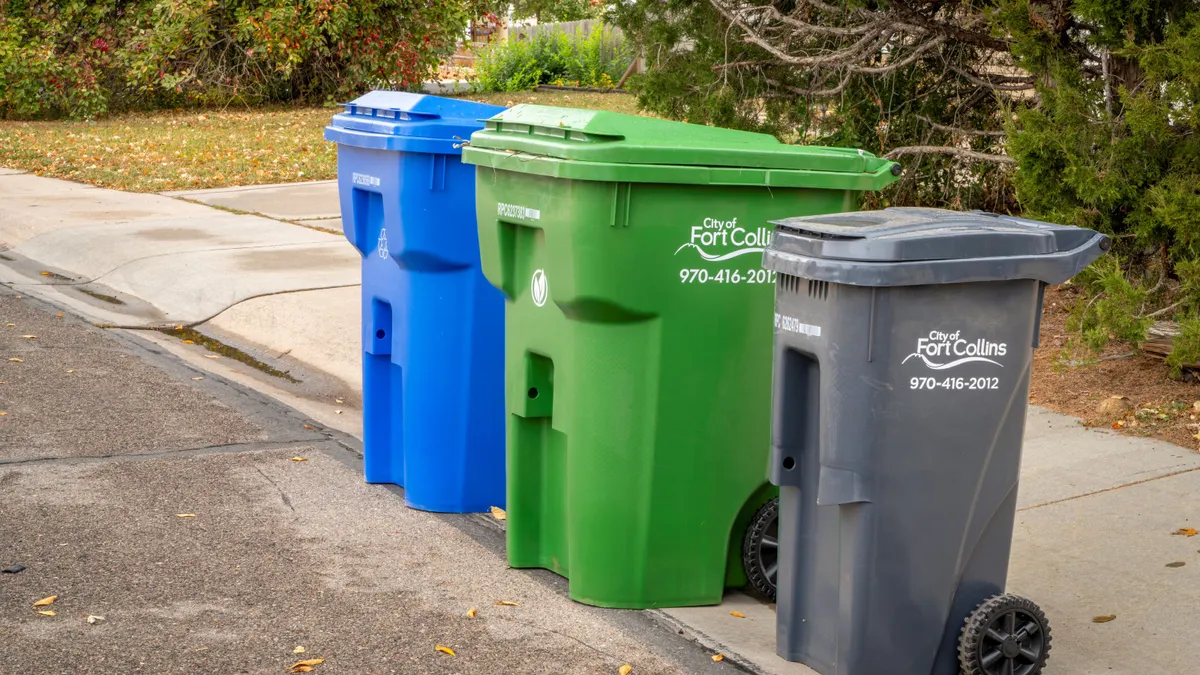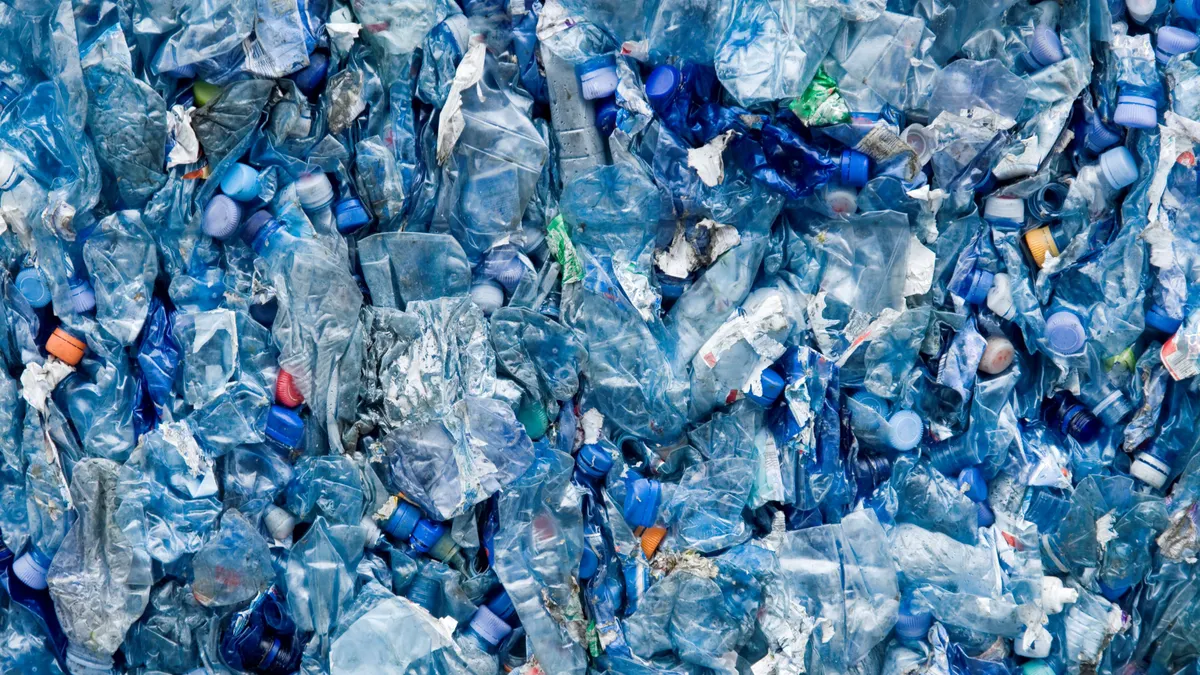Editor's Note: Jack Buffington is a post-doctoral researcher at the Royal Institute of Technology in Stockholm and a supply chain leader for beer manufacturer MillerCoors. He is also the author of the recent book, "The Recycling Myth: Disruptive Innovation to Improve the Environment."
Eight years ago, I embarked on a research journey to Sweden to uncover the secrets of how Americans could become as environmentally committed as the Swedes. It is one thing to read about Sweden, but it is a different experience altogether to participate in its recycling rituals and culture that leads to it being ranked in many studies as the "greenest nation on earth."
Through these experiences as a Ph.D. student and post-Doc in Sweden, I expected to become an advocate of national mandatory recycling programs that require consumers to sort through waste, wash and process it, store it in numerous containers, and then transport the various bins to collection centers. Given the title of my book The Recycling Myth, it’s pretty clear that I left the country with a different point of view regarding the problem of waste, and it’s not due a feeling of inconvenience that many feel from undertaking the arduous effort required from Swedes, Germans, or the Swiss. Rather, through very clear science and economic data, I found these recycling programs to be ineffective in solving the problem of waste due to the nature of the materials used in the consumer supply chain. Yes, it is true that there is practically no landfilling of waste in Sweden like it occurs today in North America (U.S., Canada, and Mexico are over 50%), but that doesn’t mean that trash not buried becomes materials reused in an eco-inspired circular system. Most of today’s consumer materials are inadequate to be reused, therefore, recycling programs can only mitigate waste rather than induce reuse, which is what most of us expect when we think of a circular economic system.
If this is true, then why are the nations of Sweden, Norway, Denmark, and Germany identified as zero waste nations, all ranked in the top five greenest nations in the world? To answer this question, I will focus on Sweden, given my knowledge of this country, and it often being considered as the most sustainable.
It is true that Sweden landfills less than 1% of its total waste, and it also imports waste from other nations in order to fuel its expansive waste-to-energy program that is viewed by many as a great example of a circular economy. Sweden incinerates nearly 50% of its total waste, and this is viewed favorably because in comparison to landfilling, it can be defined as reuse, and also reduces its dependency on fossil fuels. Yet the incineration of materials to produce electricity is certainly not as sustainable as a practice as bottle to bottle reuse. In fact, with a new EU directive requiring all member nations to achieve true commodity to commodity recycling rates of 75% by 2030, Sweden’s 35.4% actual recycling rate and its 49.4% incineration rate for waste-to-energy appears to be in great conflict. As such, Sweden will need a significant paradigm shift in its definition of sustainability and recycling to achieve these EU directives by 2030. Despite being classified as "the greenest nation on earth" in 2016, it will need to transform its practices in 14 years; to paraphrase the words of author Jim Collins, in Sweden’s current state, "good is the enemy of great."
In comparison to Sweden’s strong culture of environmentalism, Americans have been told to address its waste problem, which is much greater than Sweden’s, in a much more subdued and less invested manner. In the early 1970s, Americans were shamed from littering through Keep America Beautiful’s "Crying Indian" campaign that set the tone for consumers to be responsible for their own actions without much mandatory requirements of doing so. Today, Americans are by far the largest users of packaging material, both in mass volume and per capita use, sending one billion beverage containers through its supply chain and waste/recycling systems on a daily basis.
As portable consumption has risen substantially, recycling and reuse rates have been flat or even falling, leading to a massive and increasing amount of these containers being sent to landfills on a daily basis. Of these beverage containers that are recycled, averaging less than 25%, many of them are downcycled (used for lessor purposes) or even eventually thrown away to a landfill after the collection process. The data from two very different recycling cultures — U.S. and Sweden — is a clear indication that the root of the problem is not in the back-end recycling and waste management programs, but rather in the front-end manufacturing and supply chain implementation of poorly designed materials.
The reuse effectiveness of today’s materials are a mixed bag: aluminum cans are highly recyclable, reusable, and in market demand, and returnable glass bottles, despite its limited supply chain capabilities are effective as well, being reused on average twenty times prior to losing its design integrity. Non-returnable glass bottles are limited in scope as well, and aren’t able to be reused at a high rate, given its material and supply chain/economics challenges. Yet the greatest challenges to today’s recycling programs, from both a material science and supply chain/economics perspective, are related to plastic cups and bottles, and hybrid plastic containers such as take-out coffee and soft drink cups, sippy pouches and single-cup coffee pods.
Despite the claims from industry, plastic drink containers were never designed for recycling, so attempting to recycle or reuse them in the back-end systems are impractical from both chemistry and supply chain/economics points of view. Some environmental advocates and industry practitioners have proposed the use of bio-materials as the solution to this problem because these feedstocks are renewable, but in the end design, these containers are not any more reusable, or even less toxic, than conventional plastic. Today, there is a community of confusion regarding the definitions of renewable versus recyclable, biodegradability versus photodegradabililty, and so on — yet such boastful environmental claims are made with fluidity, leaving consumers as content that as long as they recycle, the waste problem is addressed.
If recycling programs aren’t effective, does this mean that we should halt this practice altogether, as some propose? Recycling programs are not perfect, but they are adequate mitigation techniques in the reduction of waste and landfilling. The issue is not that we shouldn’t recycle, but rather, that we must focus on true transformative change required to fix the front-end design limitations of our materials. Public service announcements, environmental advocacy appeals, and corporate marketing campaigns can be helpful, but they can be hurtful as well when they shift attention away from finding solutions to this problem. Research, development, and innovations in science and technology must be emphasized and expedited, both in communications and investment, in order to reach a balance in economic growth and environmental sustainability sooner rather than later.
There will be a 21st century material science revolution, and the only question is how quickly it reaches our consumer markets in order to save our oceans and our economies. Hopefully soon, our primary focus will be for the transformation of a true circular economy, fostering economic growth and environmental sustainability.
















